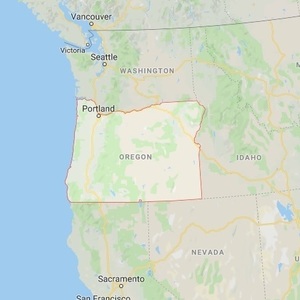Velocys delivers 4 FT reactors to Red Rock Biofuels in Oregon

August 3, 2020
BY Ron Kotrba
Velocys plc has completed manufacturing and delivery of four of its Fischer-Tropsch reactors to Red Rock Biofuels. Red Rock Biofuels plans to convert 136,000 tons of waste woody biomass into more than 15 MMgy of renewable diesel, sustainable aviation fuel and naphtha fuels in Lakeview, Oregon.
“We are very pleased to have completed the reactor order for Red Rock’s facility in Oregon, which will produce low carbon sustainable fuels from forestry waste,” said Henrik Wareborn, CEO of Velocys. “Our reactor supply chain has now been tested and has proven our capability to deliver our technology to our global clients. Velocys has the technology, demonstrated at commercial scale, to enable the production of sustainable fuels. This fuel is essential for the hard-to-decarbonize transportation sector and will help to meet net-zero emissions as required by many governments.”
Red Rock Biofuels has the option to purchase an additional two reactors from Velocys by the end of this year.
Advertisement
Advertisement
Advertisement
Advertisement
Related Stories
The U.S. Energy Information Administration maintained its forecast for 2025 and 2026 biodiesel, renewable diesel and sustainable aviation fuel (SAF) production in its latest Short-Term Energy Outlook, released July 8.
XCF Global Inc. on July 10 shared its strategic plan to invest close to $1 billion in developing a network of SAF production facilities, expanding its U.S. footprint, and advancing its international growth strategy.
U.S. fuel ethanol capacity fell slightly in April, while biodiesel and renewable diesel capacity held steady, according to data released by the U.S. EIA on June 30. Feedstock consumption was down when compared to the previous month.
XCF Global Inc. on July 8 provided a production update on its flagship New Rise Reno facility, underscoring that the plant has successfully produced SAF, renewable diesel, and renewable naphtha during its initial ramp-up.
The USDA’s Risk Management Agency is implementing multiple changes to the Camelina pilot insurance program for the 2026 and succeeding crop years. The changes will expand coverage options and provide greater flexibility for producers.
Upcoming Events










